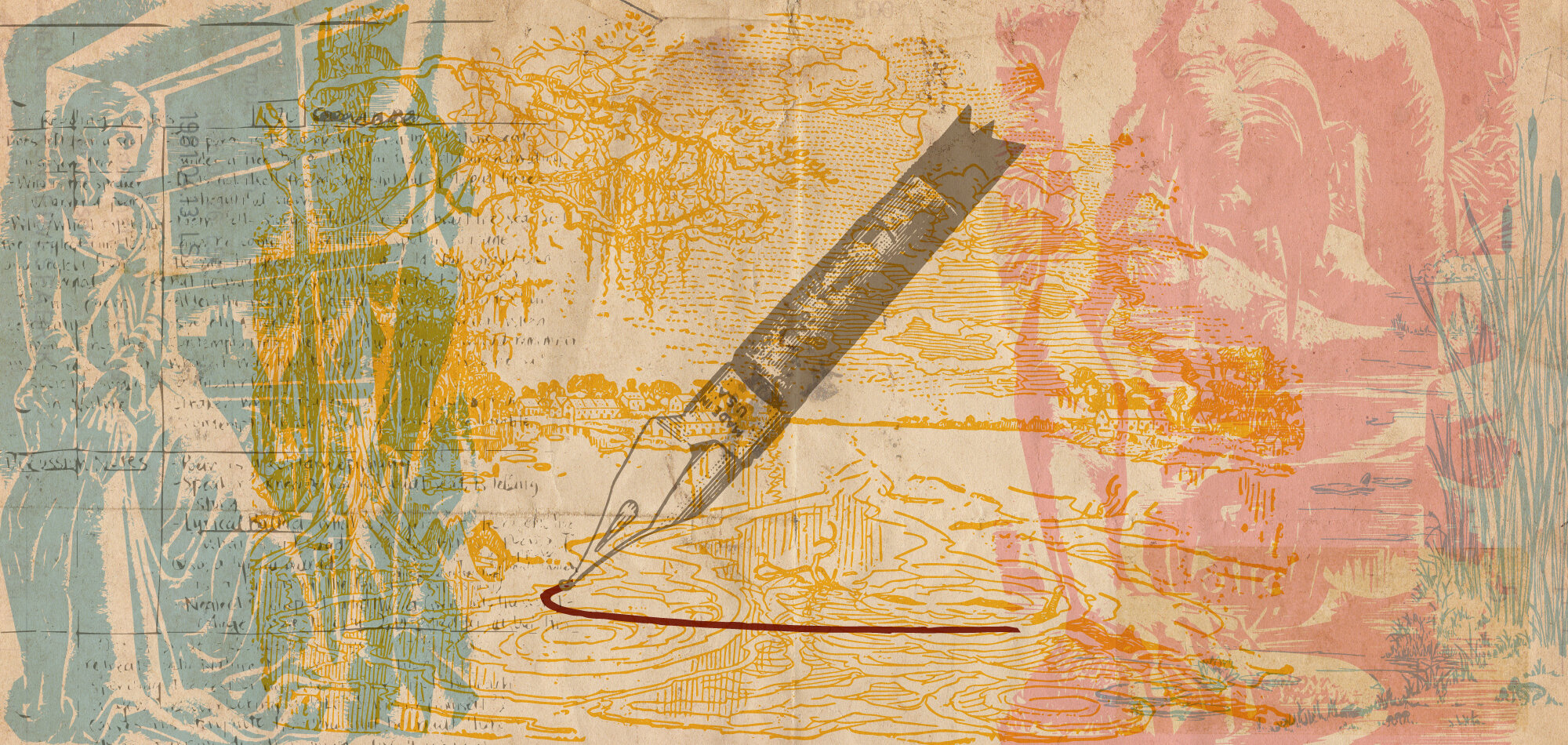
Frankenstein; or, The Modern Lift Master (part two)
After succeeding in his private campaign to disprove his narrow-minded teachers, Victor Frankenstein loses his nerve and abandons his Creature. In this next chapter of My Gothic Dissertation, we’ll find out why he makes this tragic, cowardly swerve by taking a hard look at every grad student’s worst nightmare: being evaluated by professors and advisors.
Listen Now
Subscribe
Footnotes
6:14 – “Some scholars have interpreted the “yellow skin,” “black hair,” and “black lips” as Mary Shelley’s subtle suggestion that the Creature isn’t white, and what horrifies Victor is its racial Otherness. So, they read Victor’s abandonment of the Creature as Shelley’s commentary on Britain’s ever-expanding empire and its reckless treatment of conquered, non-white people.”
For an overview, see Patrick Brantlinger’s “Race and Frankenstein,” Cambridge Companion to Frankenstein, 2016.
6:31 – “Since the 1970’s, though, there’s been another intriguing reading from a line of scholars born out of the Women’s Liberation movement and the second wave of feminism. They suggest the reason Victor abandons his creature is that he’s suffering from something akin to post-partum depression.”
This reading began with Ellen Moers’ 1974 essay “The Female Gothic” in the New York Review of Books, later expanded and included in her collection Literary Women (1977). From Moers’ reading of the text sprang a whole body of related readings, including those by Mary Poovey (The Proper Lady and the Woman Writer: Ideology as Style in the Works of Mary Wollestonecraft, Mary Shelley, and Jane Austen, 1984), Anne Mellor (Mary Shelley: Her Life, Her Fiction, Her Monsters, 1988), and more recently by Jill Lepore in “The Strange and Twisted Life of ‘Frankenstein’” (The New Yorker, February 2018).
7:03 – “They point out that, only sixteen months before she started writing Frankenstein, a seventeen-year-old Mary Shelley had given birth her own first child, only to have it die in infancy. Another was born – William…”
Many cite her use of the name “William” for Victor’s beloved youngest brother, killed by the Creature, as further evidence that her novel represents her own painful experiences with motherhood. See for instance Mellor’s chapter “Making a Monster” in Mary Shelley: Her Life, Her Fiction, Her Monsters, 47.
8:02 – “But I think the Creature represents not so much a child as another labor of love that Shelley was engaged in. Writing… which, of course, has a long history of being conflated with childbirth.”
Mary Shelley famously compares her novel to a child – and to Victor’s Creature – in her introduction to the 1831 text: “And now, once again, I bid my hideous progeny go forth and prosper. I have an affection for it, for it was the offspring of happy days” (qtd. in “Appendix G: Introduction [1831],” Frankenstein; Or, The Modern Prometheus. (The 1818 Version). 2nd ed. Edited by D. L. Macdonald and Kathleen Scherf, Broadview, 1999. 358, emphases mine).
28:53 – “Similar to Jean-Jacques Rousseau’s conception of the “natural man,” the Creature was seemingly born pure – naïve and benevolent.”
Many critics have made this comparison between the Creature and Rousseau’s “natural man,” including Paul Cantor in Creature and Creator: Myth-making and English Romanticism (Cambridge University Press, 1984) and Anne K. Mellor in Mary Shelley: Her Life, Her Fiction, Her Monsters (Metheun, 1988). Alan Richardson revises this comparison and argues instead that the Creature is more akin to Rousseau’s depictions of himself in The Confessions and Reveries (see “From Emile to Frankenstein: The Education of Monsters,” in Literature, Education, and Romanticism: Reading as Social Practice, 1780-1832 (Cambridge, 1994; 205-206).
33:32 – “What [the traditional dissertation] form actually looks like is a proto-monograph – or, the makings of a book dedicated to one specialized subject, such as Manifest Destiny in nineteenth-century American fiction.”
Melton, Howard Gene, II. Fellow travelers: Mobility, male friendships, and the whitening of U.S. national space in nineteenth-century American literature. Proquest Dissertations Publishing.
33:35 – “…Or ‘gendered pathology in modernist literature.’”
Allkins, Alisa. After the clinic: Gendered pathology in modernist literature. Proquest Dissertations Publishing.
33:38 – “…Or ‘monstrosity on the Renaissance stage.’”
Wright, Kristen Danielle. A Monster Turned to Manly Shape”: Monstrosity on the Renaissance Stage. Proquest Dissertations Publishing.
34:33 – “The old “publish or perish” maxim. Which, if you think about it, is a pretty Gothic configuration, considering the genre’s preoccupation with death.”
David Punter contends, for example, that the graveyard poets did much to lay the groundwork for the Gothic, especially in their intense concern with the psychological struggles of a single speaker’s fixation on the limits of human knowledge (36-37).
39:44 – “‘While careerism is usually ancillary to the work that careerists do, it's foundational in the academy—it determines the work that scholars do.’”
In her Manifesto, Sidonie Smith also discusses the current atmosphere in the academic humanities as one that intensifies “professional norms” and makes it more difficult to “[break] through normative expectations of an academic humanist” (121).
40:02 – “In other words, Ph.D.’s are frequently walking away with more expertise in ‘How to Get Ahead in Academia’ than in actual academic work – more focused on pleasing the Lift Masters out there than on the loftier goal of serving the good of humanity.”
Paul Schmid also laments the effects of the job market on graduate education in “A Vocation/Avocation,” his essay for the special, graduate-oriented issue of Pedagogy (Jan 2015)




